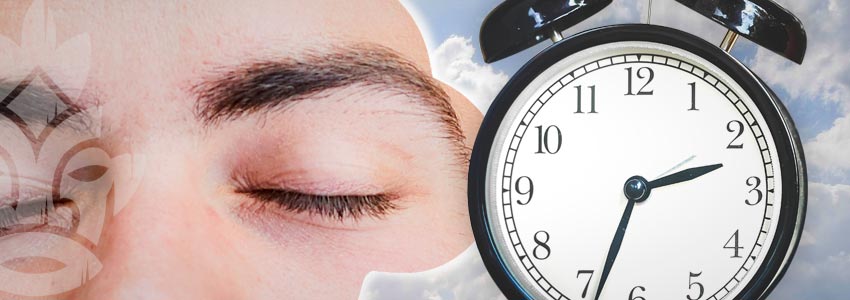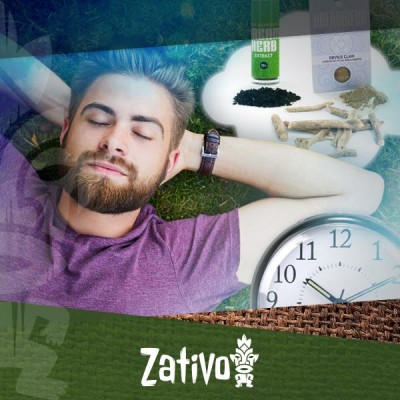Don't have an account?
Register NowYou have to add to cart at least 5 bottles or any program to make checkout.
- BlogTop 3 Dream Herbs For Lucid Dreaming
Top 3 Dream Herbs For Lucid Dreaming
Published: April 3rd, 2018
Categories:
Plants and Seeds
“To seek freedom is the only driving force i know. Freedom to fly off into that infinity out there. Freedom to dissolve; to lift off; to be like the flame of a candle, which, in spite of being up against the light of a billion stars, remains intact, because it never pretended to be more than what it is: a mere candle.” – Carlos Castaneda
LUCID DREAMING AND DREAM HERBS
The writings of Carlos Castaneda brought lucid dreaming into the contemporary consciousness first in the late sixties. His book—The teachings of Don Juan, A Yaqui way of knowledge—was first presented as an anthropological thesis. Some called it a work of fiction, yet it went on to become a bestseller and set the western world onto the lucid dreaming path.
Lucid dreaming is quite literally named. Rather than being a passive passenger or viewer of your dreams you are aware that you are dreaming. You become actively involved in or directly manipulate your dream world, including the theme, characters and environments.
Lucid dreaming is just as much art as it is skill. Over time, manipulation of the dream state can become second nature. Thanks to the endless usefulness of the apothecary of nature there are herbs that can help you in your dream quests. Whether it is inducing heavy dream states or increasing lucidity while dreaming, Zativo offers a range of organic and natural herbs that can enhance the lucid dreaming experience.
TECHNIQUES THAT AID LUCIDITY
There are a number of techniques for enabling lucid dreaming. With patience and practice you will discover a personal approach to lucid dreaming on demand. Recognizing the dream state as participatory rather than merely observable gets easier with practice.
MEME-ORY

Imagine an item that you can only have in your dreams. An item that can only behave in ways impossible in the “real world”. A ball once thrown that never falls. An elaborate walking stick that you know you don’t own or any personal imagined folly. With practice you know that the appearance of these memes indicate that you are dreaming and to be aware of it.
DREAM JOURNAL
Becoming familiar with dream states can start with recalling and recording them. Recalling dreams isn’t always easy. After all they are ephemeral by nature. Our points of reference and descriptive powers can fail us when dealing with the multitudes conjured by the psyche. Don’t worry if you can’t write a short story every morning. Simply writing down emotions or single powerful words that come to mind when recalling the previous nights episodes will suffice.
Dreams can certainly have powerful messages. Scribbling insights down or voice recording them before they disperse can uncover things of Jungian significance. The process also makes you more intimate with the your dream state and the themes that your brain feels are important. Recognized themes are opportunities to induce fully lucid experiences.
MILD CAN BE WILD

The MILD technique—Mnemonic Induction of Lucid Dreaming—was developed by psychologist Stephen Laberge. It can work in two ways. It involves waking yourself up between 4 and 7 hours before you would normally wake up. This is usually the time during the sleep cycle of REM sleep and dreaming.
The first way is a bit of hit and miss. If you were dreaming when you were woken, recall the dream. Imagine where you were when you were woken. Picture yourself being inserted back into the dream in a fully lucid state. Then slip back into sleep ready to be aware.
If you are wanting to revisit a recent dream lucidly: While you are awake and mildly drowsy, recall the recent dream. Read your dream journal if you keep one. Recall the visuals and feelings to your best ability. Convince yourself you are going to re-enter sleep and then dream in a lucid state. Imagine inserting yourself into the most memorable moment of your last dream.
ONEIROGENS
Oneirogens or dream herbs are gifts from nature that can induce and enhance dream states of consciousness. Some promote deep sleep, which is the theatre in which dreams play. Some stimulate hypnagogic and hypnopompic hallucinations. Some make the awareness of being in a dream easier.
Indigenous American and African people have a long and involved history with dreams and lucid dreaming. Australian Aborigines lived in the Dreamtime prior to the European inundation. Each culture placing just as much importance on incorporeal knowledge such as that in dreams as that from the waking world. Each culture also had a range of respected and naturally occurring oneirogens that aided their dream pursuits.
THREE FUNCTIONAL DREAM HERBS
#1 CALEA ZACATECHICHI
Commonly called the dream herb, Calea Zacatechichi is a traditional dream herb from Mexico. The native Chontal people of Oaxaca have used this herb to induce vivid dreams for centuries. Calea Zacatechichi from Zativo aids dream recall and produces evocative dreamscapes that are ideal playgrounds for the keen lucid dreamer.
#2 HARPAGOPHYTUM A.K.A. DEVIL'S CLAW
Harpagophytum or Devil's claw from Africa is a traditional treatment for pain and inflammation. It derives its name from the nasty barbs the fruit uses to hook onto animals to disperse and propagate. This powdered root is easy to consume and offers long lasting pain relief. Devil's Claw from Zativo was first brought to Europe in the 1900’s and has been gaining popularity ever since.
#3 AFRICAN DREAM ROOT A.K.A. SILENE CAPENSIS
African dream root or Silene capensis comes from the Eastern Cape of South Africa. The indigenous Xhosa people have long used the powdered root for spiritual and shamanistic rituals. It is well respected for promoting a better quality of sleep. Regular users report feeling refreshed and energy-filled upon waking. Dream root from Zativo can induce vivid and more memorable dreams like those used as guides by Xhosa shamans.
Patience, dream herbs and lucidity practice can all combine to enhance the questing lucid dreamer. The subconscious can be an illuminating or terrifying place that is literally limited only to your imagination. Learning to lucid dream can provide deep insight into the self and the nature of the universe.
“We are the music makers and we are the dreamers of dreams” – Willy Wonka











